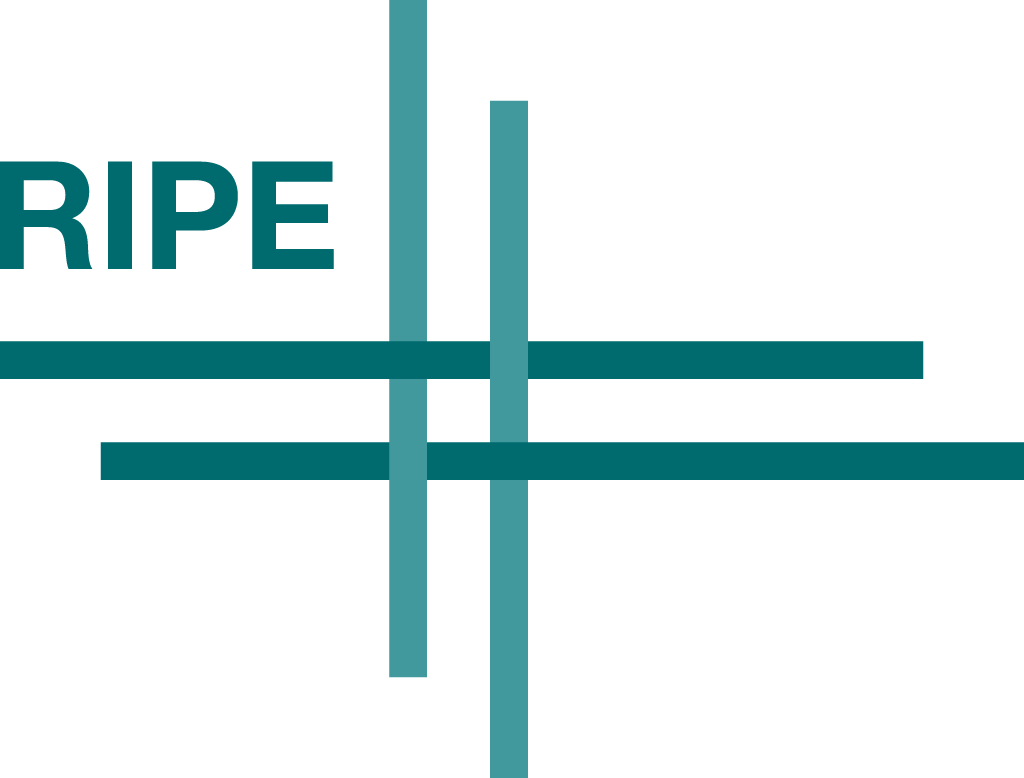OpenBMP Project Overview
Randy Bush, Internet Initiative Japan
Where: Main Room
What is BMP? If you try to collect BGP routes from your routers using iBGP or even eBGP, they only tell you their best routes. With BMP, the BGP Monitoring Protocol, they give you all the routes they have heard; so you know what they see. Consider how helpful this is when monitoring a peering router.
Consider an open source BMP collector which your edge routers feed; you get a view outward from your edge, not just what your edge thought were the best paths. Also, consider one or more public BMP collectors a la RIS and Route Views, where you can see other ISPs' external views not just their best paths.
The OpenBMP project, a Cisco / Linux Foundation cooperation, provides an open source public BMP collector which some large ISPs are starting to feed. In addition, it provides an open source rich GUI tool set to visualise peerings, RPKI & IRR conflicts, BGP flapping, etc.
There will be a demo, and we hope you can play with the web-based GUI on your laptops. Also we will discuss two proposals to enhance BMP now in the IETF as well as the state of router vendor implementations.
We will show examples of router configurations to export BMP to collectors, and we strongly encourage you to export to the OpenBMP project collector.
| 

